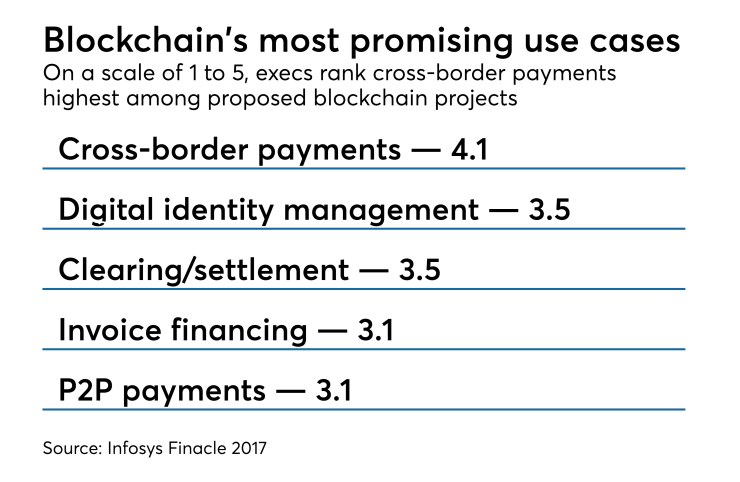To fully leverage the benefits of blockchain in a Cloud 2.0 industry, organizations must build an appropriate technology framework. This framework must make heavy use of APIs and connectivity solutions to reap all that blockchain has to offer.
We should consider that businesses use blockchain as a decentralized platform. Blockchain lays the groundwork for Cloud 2.0 platforms like Ethereum, which provide developers with tools to build decentralized applications (Dapps). These platforms use blockchain technology to host their back-end processes. Fintech, supply chain and utility providers are all examples of organizations that would benefit from a decentralized back end to process transactions.
Payment companies and businesses that want to leverage blockchain need to connect the decentralized platform they elect to use to existing databases and back-end systems. In the future, companies leveraging blockchain technology will need a way to visualize and analyze records.

Companies will want to move ledgers into the familiar cloud and on-prem databases and CRM systems they use for everyday digital business. To do that, they’ll need strong APIs as a “bridge” between blockchain and existing databases. APIs should be important pieces of any company’s blockchain approach for three major reasons.
Connecting to existing systems. Enterprises are already storing an enormous amount of data in various clouds and on-premises databases. Leveraging blockchain technology means enterprises will have to be able to connect these databases to decentralized platforms that can access existing data and make updates based on blockchain activity. Without an interface to connect to existing databases and processes, companies will find it very difficult to apply decentralized ledger technologies to their specific business problems.
Measuring data from the blockchain. The evolution of blockchain will likely spark new applications that measure blockchain data to create better workflow. The entire premise of leveraging blockchain is to create a much more transparent ledger of data transactions, and it is likely that the adoption of blockchain will give rise to an entire ecosystem dedicated to visualizing and analyzing the transactions these ledgers record. While blockchain provides a more transparent transaction process than, say, today’s tech giants, organizations will need APIs to connect that data to applications that can better illustrate how, when, and why those transactions are occurring.
AI interpreting blockchain ledgers. AI could play a major role in the future of ledger interpretation. Companies can use APIs to extract ledgers and begin to create more dynamic and accurate measures of company records. Building with APIs improves accessibility to other systems, and connecting blockchain with AI and machine learning technology can deliver unprecedented insight into enterprise data.
Today, the most mature use case in blockchain is focused on finance with many public cryptocurrency projects functioning at scale. These public blockchains are set to create major disruptions in finance over the next decade.
We see the groundwork being laid by companies like ICE, the parent of the New York Stock Exchange, which is launching a new company called Bakkt. Bakkt, partnering with Microsoft and Starbucks, will focus exclusively on the disruption of finance by cryptocurrencies. Beyond the finance area, it is hard to predict what industries will be disrupted by blockchain technologies. However, we can be sure that so long as other industries adopt blockchain along with an API-centric infrastructure, they will be able to unlock the same benefits we have seen financial institutions enjoy already.





